When it comes to marketing dairy cattle, Pam Nunes leads the way. Pam became the driving force behind this part of the business at Ocean View Genetics because of her background as owner and designer of Westwynde Communications. “Since my company is an advertising firm, the marketing aspects for Ocean View pretty much became my job over the years. Marvin and Daryl always advertised in the World and believed in marketing, but as time and my company evolved I took on a larger role in the different aspects from advertising, showing and even sales.” They were happy to make, milk and take care of the cows and let me handle the marketing.” For the last sixteen years, Pam and husband Daryl worked together to take strings out to the shows, put on the Harvest sales and helped evolve the marketing into what many people think of today as Ocean View.”
THE WOW FACTOR
The impact of great advertising has had a very positive effect on Ocean View. “I’m always amazed at the number of people who comment on our advertising. It’s good to know it gets noticed.” Getting noticed is the bottom line in the cattle business. “I remember the year Lindy Sheen went to Expo, and it was interesting how many people knew the cow at a glance. These were people not from our area who could have only ever seen her in print ads. That’s when you know advertising can be powerful.”
A HORSE OF A DIFFERENT COLOUR
Powerful advertising is everyone’s goal. We put a lot of worry, time, consultations, proofing and reviewing into ad creation. Pam says there can be a lighter side too. “The funny thing is that so often our own ads are thrown together. Kind of like the shoe makers kids with holes in their shoes. There have been some instances where our ads actually started as horse ads and I needed an idea quick because our ad was due. So voila – out goes the horse and in goes the cow!”
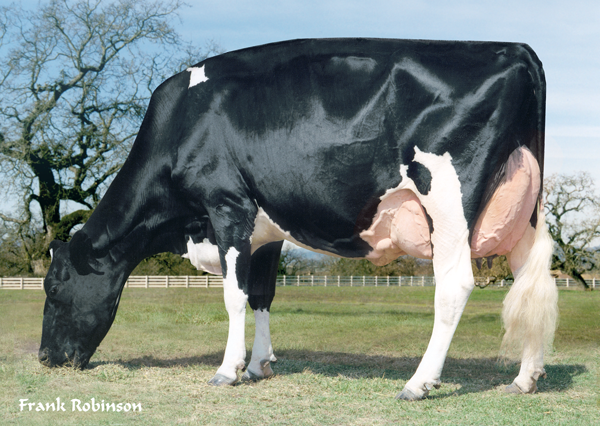
Oceanview Mandel Zhandra EX-95-2E EEEEE Gold Medal Dam, Dam Of Merit
WHEN IT WORKS EVERYONE CAN NAME THAT COW!
You always want to attract attention with your marketing. Pam’s ads are good at that and she points to Mandel Zandra to illustrate. “She has been the easiest cow to ever work with over the years. She captured a lot of attention in the show ring with her style and it transmitted not only to her photos but also her offspring. She has 12 Excellent daughters so far. She lives in Wisconsin now and will turn 16 in March. She was the subject of many photos this fall during Expo. We had her in a pasture with 10 of her grand-daughters. It never failed that when people drove in they asked if that was her. We even had a gentleman from Japan show us the screen saver on his phone…it was Zandra. If she had never been shown or advertised I doubt anyone would know the name today.
YOU’VE GOT TO STAND OUT FROM THE CROWD
Having said that, Pam knows the time it takes to stand out. In the cattle business most ads are done by the publications still. They can usually spend about an hour on an ad with all they do. “Our ads usually average three to five hours. A magazine can’t spend that amount of time on each page they have. I am happy to say that I am really seeing more effort put into ads these days on the cattle side and there are some magazines now that do a great job with their ads.
Pam’s years of experience have added up to some clear ideas about what works.
 YOU CAN’T HAVE A GOOD AD WITHOUT A GOOD PHOTO
YOU CAN’T HAVE A GOOD AD WITHOUT A GOOD PHOTO
“I also think you can’t have a successful ad without a great image. Making sure you have the cow looking the part and lots of help and a great photographer will make all the difference in successful photos. You can’t have a good ad without a good photo!”- MAKE THEM WANT MORE
Once you`ve got good photos! Make sure you get an eye-catching ad developed to go with them. Remember…the purpose of an ad is to attract the reader’s eye enough to get them to read it…and want more. - REMEMBER. THE COW IS THE STORY
“A pet peeve of mine is if it’s unreadable. You can have the greatest looking ad but if you can’t READ it – it’s a failure. Too often you see design overwhelming the subject. That’s always a recipe for disaster. It’s not a showcase for Photoshop effects or crazy backgrounds or fonts etc – it’s about the cows! - K.I.S.S. and TELL
Modern cattle advertising now needs to go one step further. It’s time to kiss and tell. K.I.S.S. Keep it simple stupid. Pam feels strongly about this. “Keep your ad simple and put the detailed information on your website. Don’t try to tell them the entire history of your animal in the ad. It defeats its purpose.” The telling part happens on the internet. These days websites are essential to selling. For effective advertising, remember K.I.S.S. and TELL. - IT ALL COMES DOWN TO DOLLARS AND COW SENSE!
Use what you know to decide where your advertising dollar is best spent. Just like you shop around for the best corn or hay prices – do your homework on your advertising dollars too. Don’t be afraid to try different advertising venues and find out what ones work. Ask people where they saw your ad when you get calls or emails.” Use what you know to decide where your advertising dollar is best spent. With websites these days you can track where your traffic comes from. With print ads there is no way to easily measure your return, but if you do your homework you can get a feel for where you get the most response.
SUCCESS SELLS!
You know when your advertising is working because the success is right there in the sales’ figures. Pam reports. “Our last two Harvest sales were exciting events to plan and execute. We did all the marketing and event planning for them, as well as lining up the fitting crew and deciding what the farm would consign. We’re super pleased with the number of success stories that have come from these sales with Reserve All-Americans and even 94-pt cows having gone through the ring.”
ON THE MOVE
Today Pam and Daryl have started “OCEAN VIEW GENETICS”. “We look forward to continuing the same path we have been on, only in Wisconsin.” And what a path that has been!
The accomplishments the Ocean View herd has made over the years are huge with over 330 Excellent cows that carry the prefix, 90 Gold Medal Dams and 11 cows over 300,000 lifetime. Pam sees more tributes in the future. “I think you’ll hear stories for years to come about success with animals purchased in Marvin’s dispersal on May 2nd. It’s going to be an opportunity to buy foundations.” Looking ahead she adds, “Although we’re not involved in the sale, we plan to attend and possibly add a few more cows that we weren’t able to buy before our move to Wisconsin.”
DOWNSIZING for A BIG MOVE
Going from 350 free stalls to 38 tie stalls has been the biggest challenge for “Ocean View Genetics”. Recalling the process, Pam says, “It really makes us focus on what animals we add to the milking herd. Our focus will be a little different from in the past.” Of course, each decision is already providing results to look back on. “What really shocked us was that we brought an old Outside that was dry with over 250,000 and figured we’d get the calf out of her and have to sell her. She actually had the first heifer on the farm for us and is now over 290,000 and just went Excellent. She just KNEW what her job was and took right to everything without a second look.”
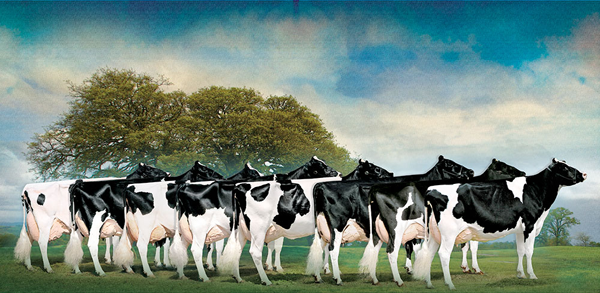
SELLING IS AN ESSENTIAL PART OF OUR BUSINESS
The Nunes’ are excited about their plans for the future. “We figure we need to sell twenty head a year to keep at our size. We also have both said we don’t want more than either of us can milk by themselves. When the milker did not show up in California, it was a lot cows to milk, but we did it. Now it’s much less daunting if someone oversleeps! Actually our cows surprised us with how easily they adapted to the change.” Obviously, adapting is good for cows and good for people too!
THE BULLVINE BOTTOM LINE: KEEP ON SELLING
“As we move forward, we are not going to be afraid to sell the good ones. Our plan is to keep the factories and sell the offspring that we need to allow us to stay in business.”
Pam Nunes, Ocean View Genetics
Want to take your marketing to the next level, download our free guide “The Dairy Breeders Guide to Facebook“.





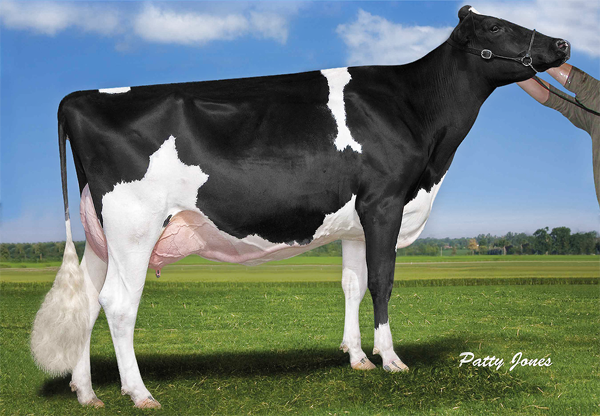
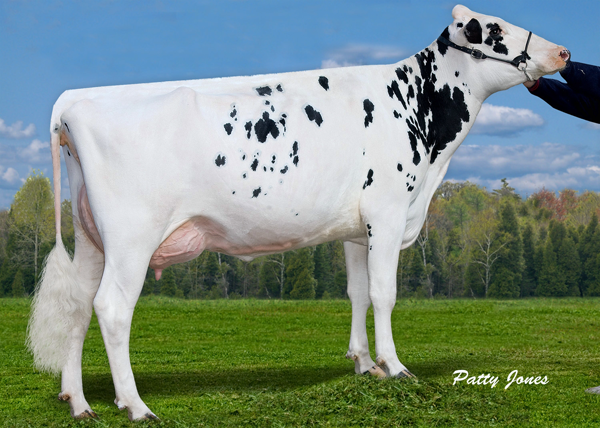
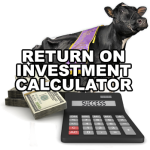


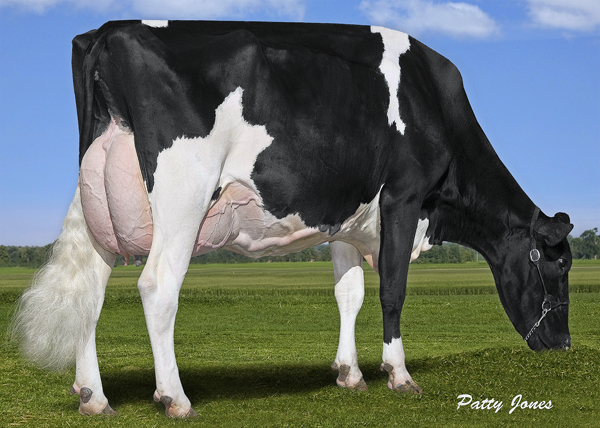
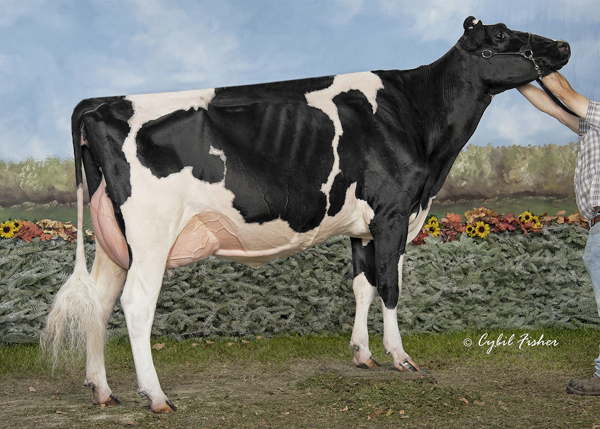
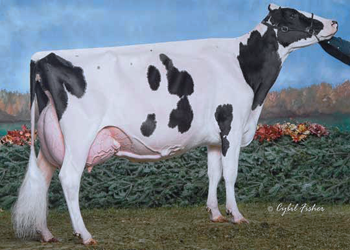

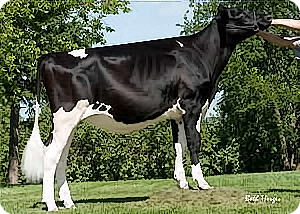
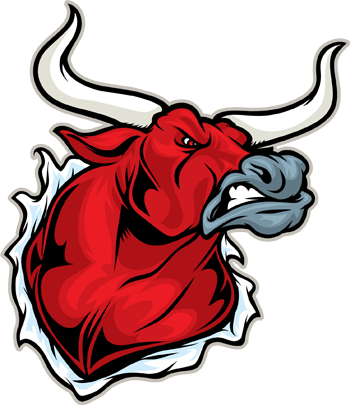 Some people may think I am crazy. Others may think I am arrogant. They could all be right! It doesn`t matter. I am tired of sitting back, depending on gossip and watching as the all the news comes in the same old way.
Some people may think I am crazy. Others may think I am arrogant. They could all be right! It doesn`t matter. I am tired of sitting back, depending on gossip and watching as the all the news comes in the same old way.



